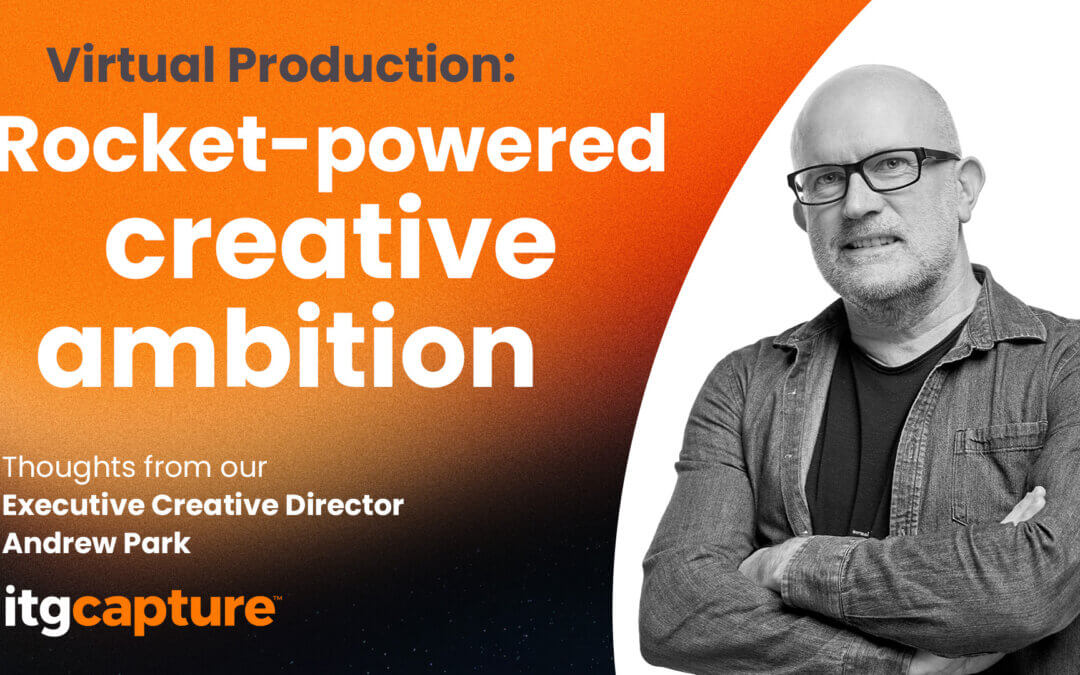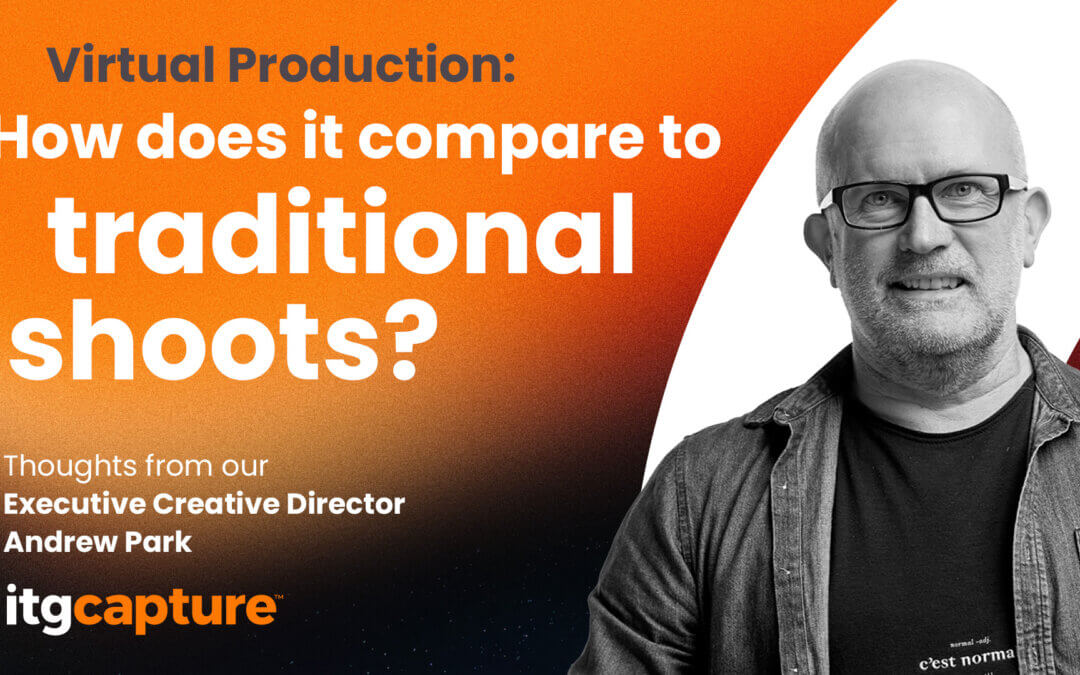How long does it take for enterprises to adapt and distribute global marketing campaigns across all countries, outlets and partners? For too many companies, the answer is “too long”.
In marketing, you need to be reactive – you need to respond quickly to events and changing market conditions. Hard to do with traditional methods of localising campaign assets, where it can take a month to adapt and execute a global distributed marketing campaign.
But what if you could reduce that month to a single day? Or a few hours?
Well, it’s not only possible, it’s being done. With intelligent automation, local marketers are now creating same-day global marketing campaigns.
Why distributed marketing?
“Distributed marketing offers benefits over other marketing models exactly because it lets local teams adapt assets, while keeping them on-brand and on-message”
Lots of companies employ distributed marketing. Central marketers create branding, campaign guidelines and master assets, while local marketers, franchisees and channel partners use their local knowledge to tailor assets to their markets.
Distributed marketing offers benefits over other marketing models exactly because it lets local teams adapt assets, while keeping them on-brand and on-message.
It can extend to the level of hyperlocal marketing, where store or branch managers order assets that are relevant only to their outlet – for example, coinciding with a hyperlocal event.
When you use a centralised marketing model, global teams run all marketing activity and produce all content. This guarantees brand consistency but misses out on the local knowledge you get with distributed marketing.
With decentralised marketing, local marketers handle their own marketing, but inconsistencies soon creep in using this method, and brand identity suffers. The competence of local marketers also varies wildly, as many are first and foremost salespeople who wear marketing only as a second hat.
Despite the advantages offered by distributed marketing, there is a downside – with traditional methods, it can be extremely time-consuming.
What is the traditional method?
“Briefs can go back and forth between central and local markets several times before being approved to send to a studio for adaptation”
With traditional distributed marketing, the central marketing team creates master campaign documents and templates, and sends them to every country, branch and franchise. Local marketers review the master assets and send briefs to the central team, explaining how they would like the assets to be tailored for local execution.
In many organisations, briefing methods are wildly inconsistent. Sometimes, multiple legacy technology platforms are used across the network. Other companies rely on emails, which can easily get lost and are difficult to audit. Marketers can easily get bogged down in admin.
Central marketing and often regional managers check all briefs from local teams to ensure they conform to brand and campaign guidelines. Frequently, they don’t.
Poor and off-brand requests are common. Briefs can go back and forth between central and local markets several times before being approved to send to a studio for adaptation.
There may be a single production hub, but more often there are regional hubs to support scalability and maximise the benefits of producing in low-cost countries.
However, with non-centralised and particularly offshore production, any cost savings can easily be negated by reduced accuracy and increased time to market, with misinterpreted briefs and multiple amends rounds.
With central and local approval of adapted assets adding even more time to the process, it’s easy to see how it can take a month to execute a global campaign.
Workflow enhancements
“The right platform will deliver consistent briefing, unifying processes globally and providing visibility of all content production activity”
Investing in a top-of-the-range collaborative or Marketing Work Management (MWM) platform can typically halve activation time to a couple of weeks or so.
First, the right platform will deliver consistent briefing, unifying processes globally and providing visibility of all content production activity. In-platform approvals speed up the review process and provide an audit trail of all production, as well as notifications of all pending activity.
Technology can be used to reduce time to market in other ways. For example, you can connect the workflows to a DAM for easy location and storage of assets, link to interactive brand guidelines to increase brand accuracy and speed to market, and introduce resource planning and scheduling software to speed up content adaptation and avoid bottlenecks.
With the right marketing technology, even the most complicated global operation should be able to adapt and execute a global campaign from creative masters in a couple of weeks.
This is a great start, but it’s not yet same-day campaign activation. For that, you need to change your model from studio adaptation of assets to having your local teams self-serve assets from dynamic templates.
Self-serve automation
“A single template can cover multiple channels and can be scaled to any size, with graphic and text elements intelligently cropped”
Self-serve templates have been around for some time – my company, for example, has been developing them for over a decade.
However, in the early days they were far less sophisticated than they are now. Back in the day, multiple templates had to be created. Different templates for different channels, templates for different orientations and size ranges, templates for different languages.
Although it was technically automation, there was still a lot of work involved for the local marketer who had to create a custom campaign from multiple templates. In the earliest templates, channels were also limited, with a heavy bias toward print.
Today’s leading templating systems are massively more refined. A single template can cover multiple channels and can be scaled to any size, with graphic and text elements intelligently cropped to look good in every circumstance.
Templates are no longer limited to static content but include multi-layered animation and video. Gone are the days when you could only swap a picture or change an address or short piece of text. Now, using simple instructions and no manual editing, individual elements within a video can be replaced.
Brand portals
“As the templates use rules-based design, it is impossible for users to create an asset that is off-brand”
The approach we take is to give every local marketer their own personalised brand portal – or Launchpad – accessible through their browser. All master assets are fed to each local marketer’s Launchpad, with the masters already tailored to their markets, with the right language and relevant product range.
Master assets come with dynamic playbooks and toolkits, and campaign suggestions to help local marketers optimise execution. The marketer doesn’t even have to go through the rigmarole of tailoring each individual channel asset. They can tell the system which channels they want to include in their local campaign, choose design and messaging parameters, then instruct the portal to create the required assets.
As the templates use rules-based design, it is impossible for users to create an asset that is off-brand. From receipt of notification that a new campaign is available, local marketers can create customised multichannel campaign assets ready for distribution in seconds or minutes, rather than weeks.
No long-winded briefing and approvals process, no studio bottlenecks. No studios at all.
The next level
“With the right automation technology, global enterprises can now leverage all the advantages of distributed marketing, but on a vastly reduced timescale”
That’s the bare minimum a Launchpad should do. With the right integrations, assets could be distributed to owned media and third-party channels from within the portal. And, of course, bespoke assets can still be briefed and approved through the software.
Launchpads can build in personalisation and co-funding can be managed. Central marketers receive real-time reports of all global marketing activity, including asset popularity and usage to inform future creative.
With the right automation technology, global enterprises can now leverage all the advantages of distributed marketing, but on a vastly reduced timescale – and without the huge manual production costs associated with traditional campaign creation.
Interested in getting the power of distributed marketing in your business? Simply email hello@teamitg.com or fill in the form below – and for more of Simon Says, check out the full series.
Fill in the form and we’ll get back to you.










